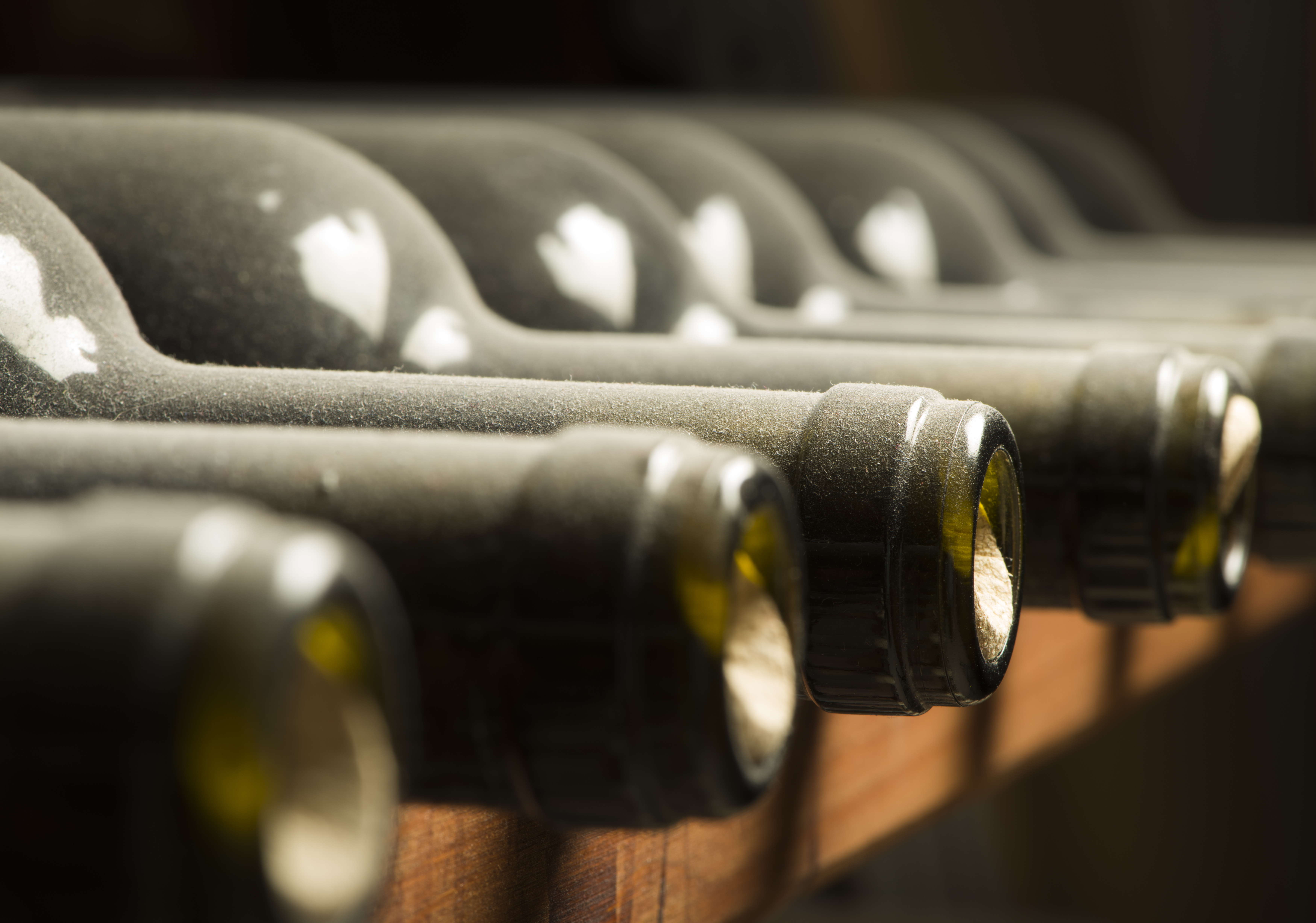In the large swash of Europe, if a wine reads “Reserve” that actually means something definitive. Each region has different laws, but as long as you are aware as a consumer, you know what you are getting in your bottle, at least from an ageing perspective.
Minimum ageing in barrel requirements, minimum bottle ageing requirements thereafter. Basically the finest wines, handled with a strict set of rules and required in-house ageing before releasing. These reserve wines can rightfully fetch a higher price at market since they have been guaranteed to have been aged to a degree based upon law. If a European winemaker releases a “Réserve” or “Riserva” wine, she has spent a long time working on and with this wine before presenting it to you.
In America? No such strictures.
In America, a winemaker can call her wine a reserve, but there is no law that sets what requirements are in place to put that on a label. It can be decided because of a good vintage, more time in barrel, some shiners you found in the back and forgot about, or you just need a little boost in revenue. It just sounds better, so you can theoretically charge more, so what the hell? It’s reserve!
We wish there was more to it than that, but there isn’t. A winery can say we only state “Reserve” if… but there is no one or a governing body to regulate that. This is in no way a call for such a committee to establish itself, that would actually be counterproductive in the long term (the ‘ol give ’em an inch thing…) but instead when buying a “Reserve” California wine, just be cautious. Not to say you can’t trust anyone, but you can’t. In the AVAs, at least. If you don’t personally know the winemaker, have worked with them on the vintage start to finish, or have a buying history that you can personally attest to the “Reserve” quality of the wines, be leary of the “Reserve” label and subsequent price.
Admittedly, there are some good, honest people out there still (shockingly). Trust your gut (and palate!), but if you are in a retail store choosing a “Reserve” California wine, just be a bit wary if it is the first time you’ve purchased it. If you take the dive, and the wine was amazing, cool. Double check the next vintage, just to make sure the quality still stands – you can probably safely move forward from there, but remember: the label sells you up front, that’s ok, but the palate and personal experience brings you back, or doesn’t.
So be mindful of “Reserve” wines, and don’t say we didn’t tell you so.
***We still have a few bottles remaining from a Private Reserve collection. Consider it biased, but we are some of the good, honest people out there, but by no means did our Reserve wines go through a governing body to allow us to label them as such. Ours were selected from a winery quietly changing hands and removing old inventory. It was a buy of a lifetime, vintages dating back into the mid 2000s. These were from a truly “Reserve” program using that title for what good still remains in that naming, lack of regulations aside.
Understanding AVA Series:


So, what are the European aging requirements for a wine to carry the Reserve (translated) designation. Are these the same standards you use? Or do you take the liberties the American standards allow and fudge a bit? I’m guessing not, but you don’t state your position, you only imply your position, leaving room for uncertainty….
Hey John. In regards to Europe, each country and subregion have their own rules, so unfortunately there is no one, broad sweeping answer other than longer than non-reserve wines. Due to the fluctuation of European reserve standards, we cannot base ours upon theirs in an all encompassing manner. That said, we do not take liberties or fudge. We do not label reserve on our Lot Series wines unless they are imported and truly reserve based on the European region’s laws or are shiners from a trusted domestic producer that has offered us their reserve selection. We have had a number of wines (both production and shiners) that could classify as a reserve (12+ months in barrel, 12+ months in bottle before release – again, no rules pertaining to this, but roughly what one might consider the minimum for a reserve level wine) yet have not labeled as such to keep some balance in the American marketplace. Hope this all helps!